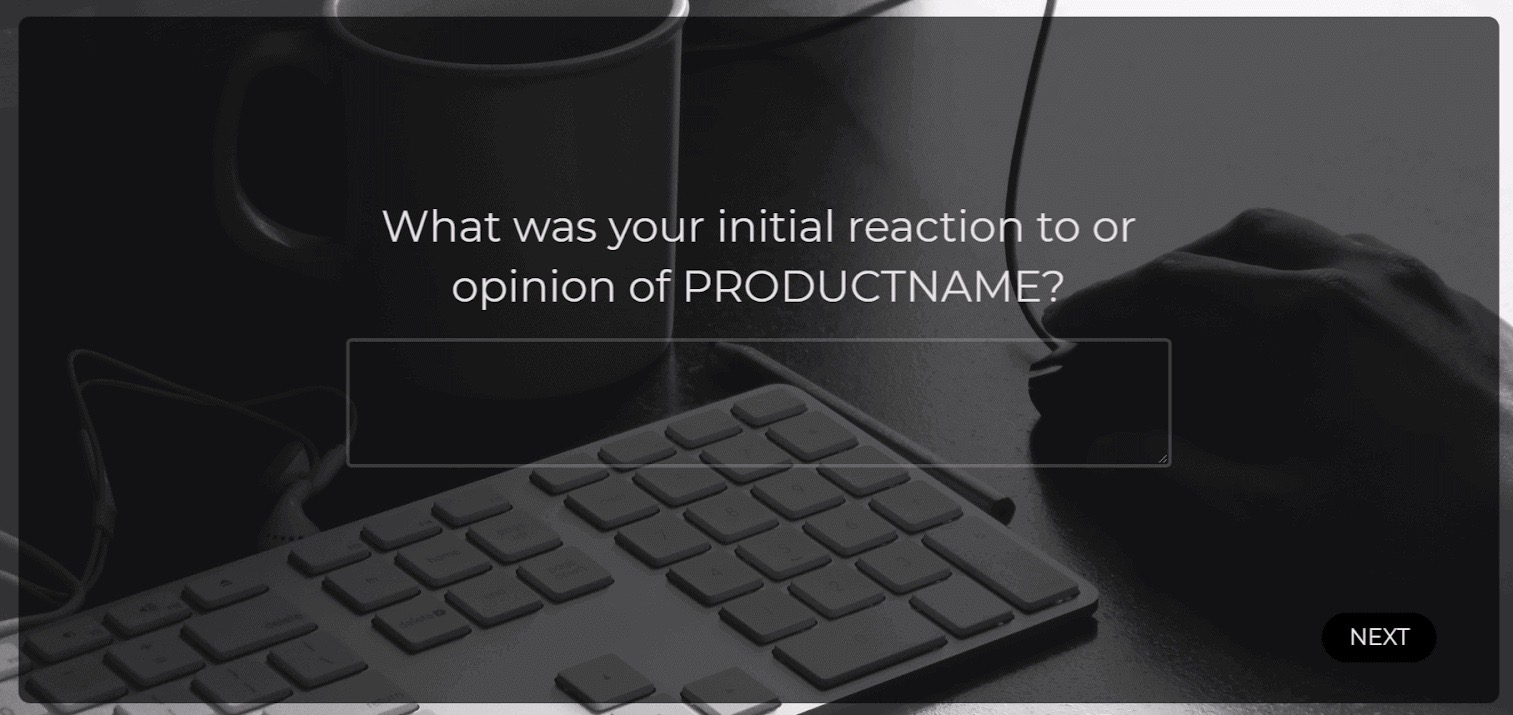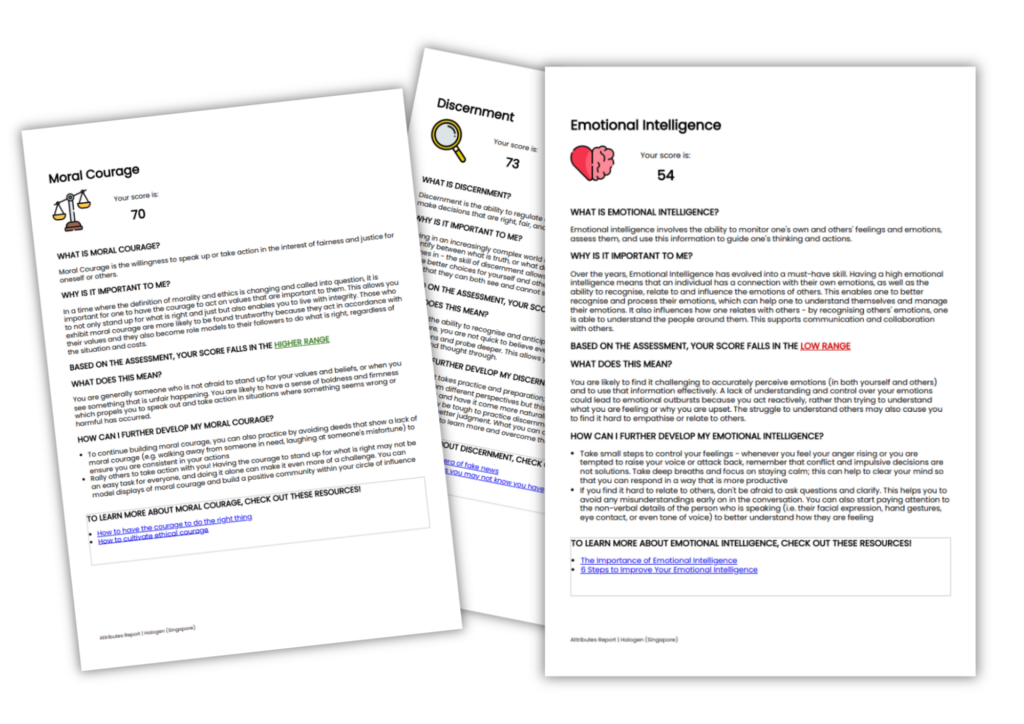These customer research questions will give you the ammunition you need to optimize your lead gen and improve your messaging.
Are you wondering if you’re saying the right things to your prospects? Are you worried that your message isn’t connecting? Do you feel like you might be missing opportunities?
Customer research can inform a lot of marketing decisions:
- What language to use
- What funnels and platforms to focus on
- What incentives or promotions to offer
- How to increase customer retention and repeat purchases
Read on for 15 questions to ask your customers, as well as insights on how to run your customer research survey.
Why customer research questions are different from market research
If you search for “customer research questions” online, you’re offered lots of examples of market research questions, but the fact is that market research is completely different from customer research.
Market research tends to ask very general questions about what people like to do in their spare time, what issues they might be experiencing in their work day, what magazines they like to read, whether or not they use coupons, etc. etc.
Meanwhile, customer research is all about the relationship that your customers have to your product or service.
Customer research helps you discover how customers feel about your company, whether you’ve solved their problems or meet their needs, and how they found out about you. All of these things can impact your content marketing, your paid advertising, and your PR strategy.
Tips for conducting the survey
As a professional copywriter who runs customer research surveys for multiple clients, here are some of my top tips for a successful survey.
Open ended questions
Incentivization
Depending on how fanatical your customers are, it can be hard to get people to respond to your survey. You might want to offer a Visa gift card (which can be used at any story) for an amount ranging from $200 to $1000. One completed survey, regardless of the nature of the responses, counts as an entry in the sweepstakes.
If you’re sending to a large number of customers, you can offer more gift cards. How many gift cards should you give out? I recommend that you give your customers a one in one thousand chance of winning, at the very least.
Timing
The top customer research questions to ask your customers
When data has been quantified, it can be used to compare and contrast other research and may be used to measure change. This makes monthly or yearly questionnaires more and more valuable over time.
Improving comparability implies that errors due to translation have to be minimized. In terms of questionnaire translation for multi-national, multi-cultural and multi-regional surveys the aim is to achieve a level of comparability across all local versions.
These questions can work for SaaS businesses, ecommerce startups, service providers, and many other types of businesses. In addition to inserting your product or company name, you might need to make some slight modifications to make sure these questions fit your needs.
- How did you discover productname?
- How much time passed between hearing about productname and using productname?
- What made you decide to try productname?
- What was your initial reaction to or opinion of productname?
- What happened when you first used productname that made you want to continue using it?
- What results and outcomes were you expecting from productname?
- What can you ultimately achieve with productname?
- How were you handling all of these tasks before?
- What worked and didn’t work about your old way of doing things?
- How has productname impacted your long term goals and overall performance?
- What aspects of productname could you not live without?
- How do those things make your life better?
- Can you think of a specific time when productname really impressed you and helped you? What happened?
- What are some of the unexpected benefits and results of using productname?
- How often do you use productname?
Now let’s take a look at these questions in more detail, in order to see what we can learn from them.
1. How did you discover productname?
We all know that in marketing, attribution is a big problem. Ask this question to help find out the source of some of that direct or hard-to-track traffic that comes to your website or physical location.
2. How much time passed between hearing about productname and using productname?
Here’s a question that I learned from a client. In asking this question, you learn how long your sales cycle really is, which can impact how you setup your lead generation funnels.
3. What made you decide to try productname?
This helps you get inside the mind of your customers to find out what they were thinking and feeling at the time that they made the purchase decision.
4. What was your initial reaction to or opinion of productname?
Sometimes, a customer’s initial reaction is different from they feel about your product or service months later. This information can help you gain critical insights into customer retention efforts.
5. What happened when you first used productname that made you want to continue using it?
Sometimes, why people buy something and why they continue using it are two different things. This helps you learn more about why they use your product, not just why they bought it.
6. What results and outcomes were you expecting from productname?
This question helps you get inside the minds of customers right before they buy your product. What are they expecting from it? This is important knowledge when setting up new acquisition campaigns.
7. What can you ultimately achieve with productname?
Does your product have more use cases than you realize? It’s possible! You’ll find out when you ask this question.
8. How were you handling all of these tasks before?
This question is particularly useful for SaaS companies, but it can fit for other products too. Essentially, you’re trying to discover the “before” state of your customer.
9. What worked and didn’t work about your old way of doing things?
This question lets you dig deeper into what your customers’ lives looked like before they started using your product.
10. How has productname impacted your long term goals and overall performance?
This question is useful for B2B companies. An employee or business owner should be positively impacted by your product. This question helps you discover all of the results and outcomes of your product that you weren’t previously aware of.
11. What aspects of productname could you not live without?
What do people really love about your product and what is just a “nice to have”? This question helps you separate out the most critical features and elements of your product.
12. How do those things make your life better?
With this question, you can dig even deeper into the answers to the previous question, so that you really understand why customers love those features so much.
13. Can you think of a specific time when productname really impressed you and helped you? What happened?
Sometimes, it’s the little things that seal the deal. With this question, you might discover additional value propositions for your company that you didn’t know of before.
14. What are some of the unexpected benefits and results of using productname?
You might know the core outcomes of your product, but there could be even more outcomes that you don’t know of, even ones that your customers weren’t expecting when they bought the product. With this question, you’ll discover them.
15. How often do you use productname?
And finally, with this question, you can get a feel for how your product fits into your customers’ lives. Is it used daily, weekly, or monthly?
Key takeaways
Customer research is very different from market research. It provides a wealth of information to help you optimize your lead gen funnels and master your messaging.
But to succeed, you need to ask the right questions, increase your chances of getting responses, and allow customers to give you insights using their own words, not yours.








